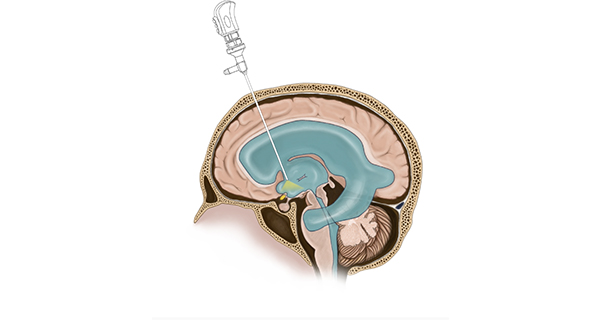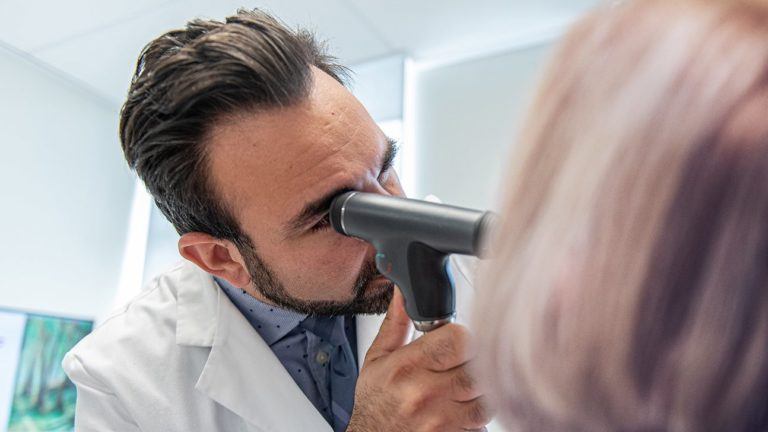
Normal Pressure Hydrocephalus
Dementia is a progressive neurocognitive decline that can affect many patients, particularly the elderly. Most types of dementia (e.g. Alzheimer’s dementia) cannot be cured, but only temporized.
There are very few types of reversible dementia – one of these is Normal Pressure Hydrocephalus.
Normal Pressure Hydrocephalus (NPH) is a condition characterized by enlarged ventricles and a clinical triad of cognitive decline, urinary incontinence and ambulatory difficulties. Typically, the dementia is progressive and takes months or years to manifest.
Patients with NPH typically have a “magnetic” gait disturbance, where the legs have a hard time initiating movement. The urinary incontinence is related to control of the bladder, as opposed to overflow, obstructive and other types of incontinence.
As these symptoms can arise with other diseases that come with age, the diagnostic test that is necessary to help with this diagnosis is a lumbar puncture with drainage of cerebrospinal fluid. If there is temporary improvement of symptoms, this can help confirm the diagnosis. With equivocal results, longer periods and volumes of drainage by way of lumbar drain trial may be necessary. Intracranial pressures are normal, hence the name of the disease.
Once a diagnosis of Normal Pressure Hydrocephalus has been made, a ventriculoperitoneal shunt may be indicated as a more definitive treatment option. We typically implant shunts with programmable valves to help fine-tune the amount of CSF drainage. This is conducted with subjective and objective tests during routine follow-up visits, typically upwards of 3-6 months after surgery.



